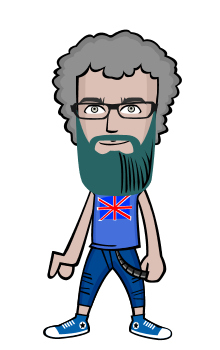In 2008, shortly after Bill Gates stepped down from his executive role at Microsoft, he often awoke in his 66,000-square-foot home on the eastern bank of Lake Washington and walked downstairs to his private gym in a baggy T-shirt, shorts, sneakers and black socks yanked up to the midcalf. Then, during an hour on the treadmill, Gates, a self-described nerd, would pass the time by watching DVDs from the Teaching Company’s “Great Courses” series. On some mornings, he would learn about geology or meteorology; on others, it would be oceanography or U.S. history.
As Gates was working his way through the series, he stumbled upon a set of DVDs titled “Big History” — an unusual college course taught by a jovial, gesticulating professor from Australia named David Christian. Unlike the previous DVDs, “Big History” did not confine itself to any particular topic, or even to a single academic discipline. Instead, it put forward a synthesis of history, biology, chemistry, astronomy and other disparate fields, which Christian wove together into nothing less than a unifying narrative of life on earth. Standing inside a small “Mr. Rogers"-style set, flanked by an imitation ivy-covered brick wall, Christian explained to the camera that he was influenced by the Annales School, a group of early-20th-century French historians who insisted that history be explored on multiple scales of time and space. Christian had subsequently divided the history of the world into eight separate “thresholds,” beginning with the Big Bang, 13 billion years ago (Threshold 1), moving through to the origin of Homo sapiens (Threshold 6), the appearance of agriculture (Threshold 7) and, finally, the forces that gave birth to our modern world (Threshold 8).



